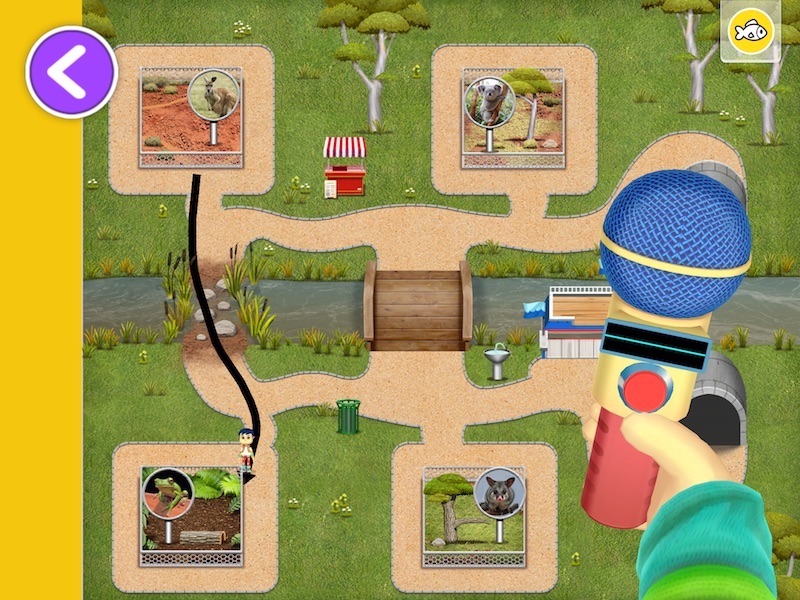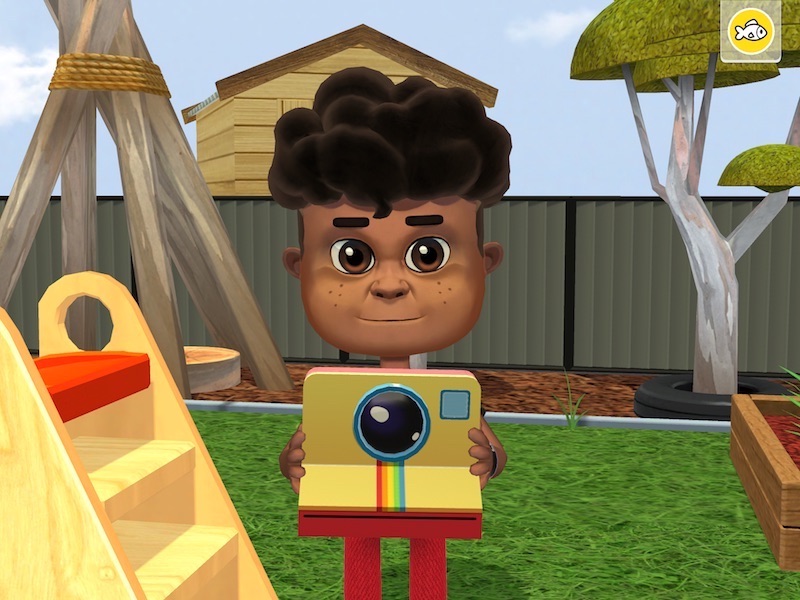
Location and Arrangement
![]()
The Location and Arrangement app features four activities: Little Helpers (position), Hide and Seek (location), Playground (arrangement) and Directions (orientation).
Little Helpers
Little helpers is an activity where children will be prompted to rearrange objects commonly found in their centre. They will help the ELSA character complete a range of actions that require an understanding of positional language.
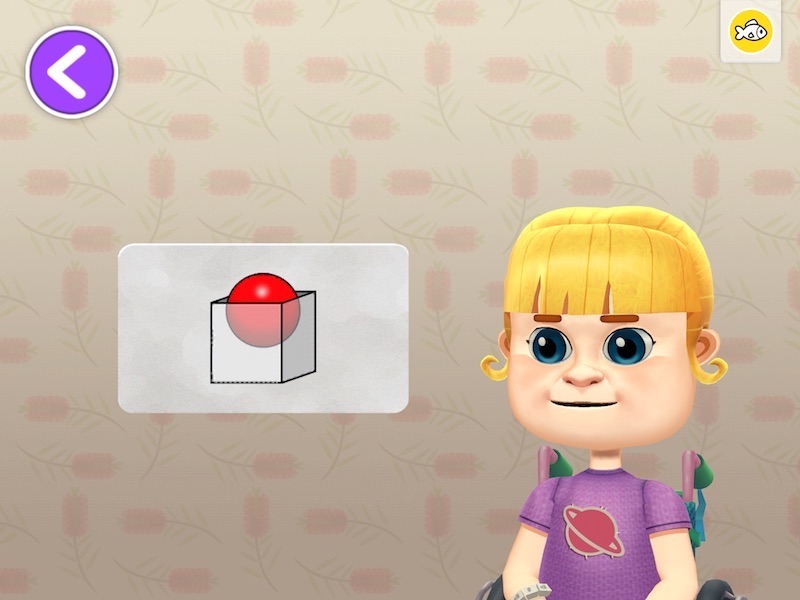
In Little Helpers, children transition to a scene representing a space in a preschool service with shelves. Children will be shown a variety of icons that represent the spatial language used in the game.
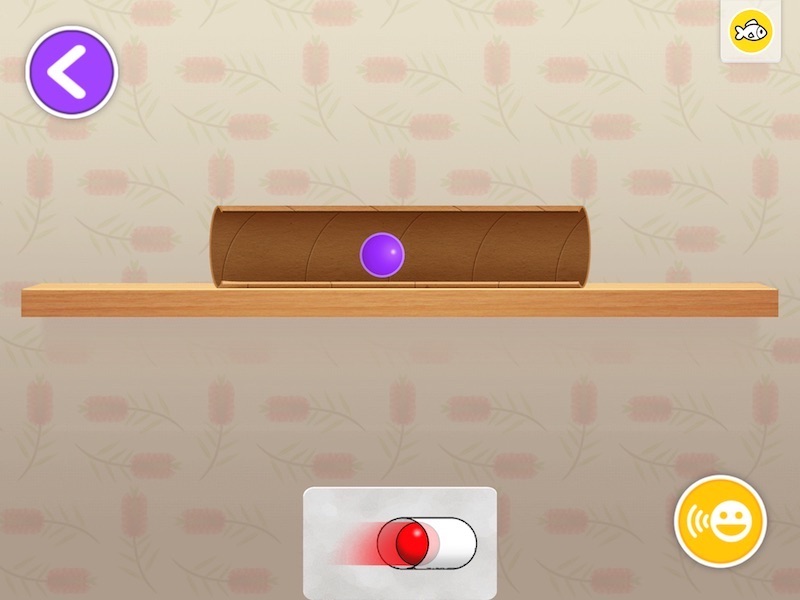
To play Little helpers, children interact with a scene containing objects which will support the development and understanding of spatial language. The objective is to use spatial terms (static and dynamic) such as ‘near’, ‘under’, ‘next to’, ‘through’, ‘across’, ‘up’ and ‘down’. Interactions will cover the range of these terms.
Hide and Seek
Hide and seek is an augmented reality (AR) adventure game, based in the real world of their centre, which helps children to understand and follow language that describes locations. During the game, children give instructions to their friends to find hidden animal cards.
To play Hide and seek, one person takes an animal card and hides it. Meanwhile, others in the group close their eyes and listen to the ELSA spatial language songs.
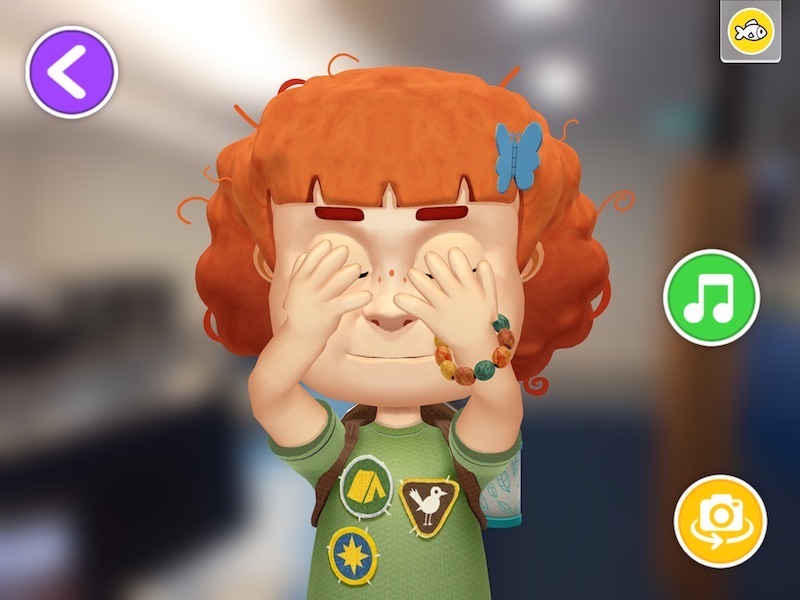
Once the card is hidden, the person who hid it will give instructions to the others on how to find it. For example, they might say, ‘The card is near the back fence, between the yellow flower and the large gum tree’.
When children find the card, they bring it back to the tablet to scan it. Once the card is scanned, an animal will animate using an embedded AR code. Children can then take turns to hide the animal cards.
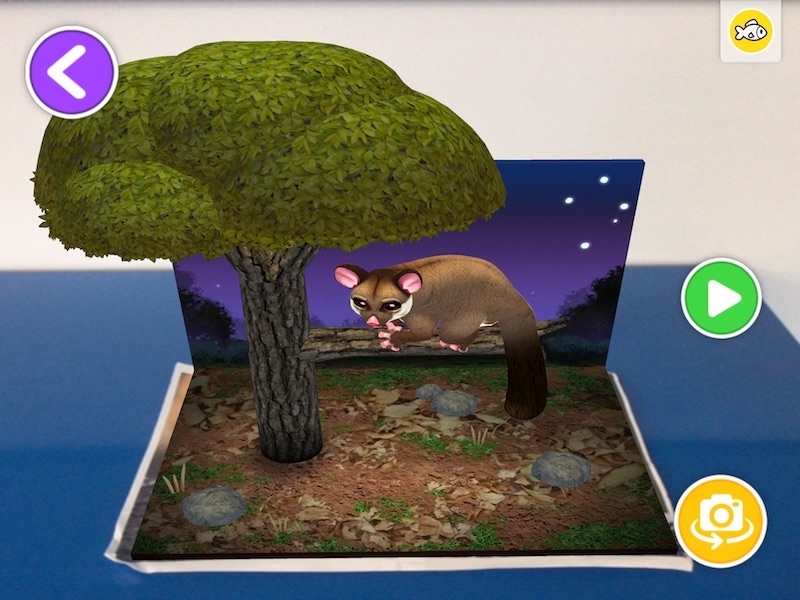
Once all the animal cards have been found, children can take a photo with the animals.
Playground
Playground is an activity where children will represent their playground in digital form using a range of pre-designed objects commonly found in many centres. The children then interact with the ELSA characters who play in the space they have created.
Children represent their preschool service’s playground on a map by placing and arranging the position of objects in space.
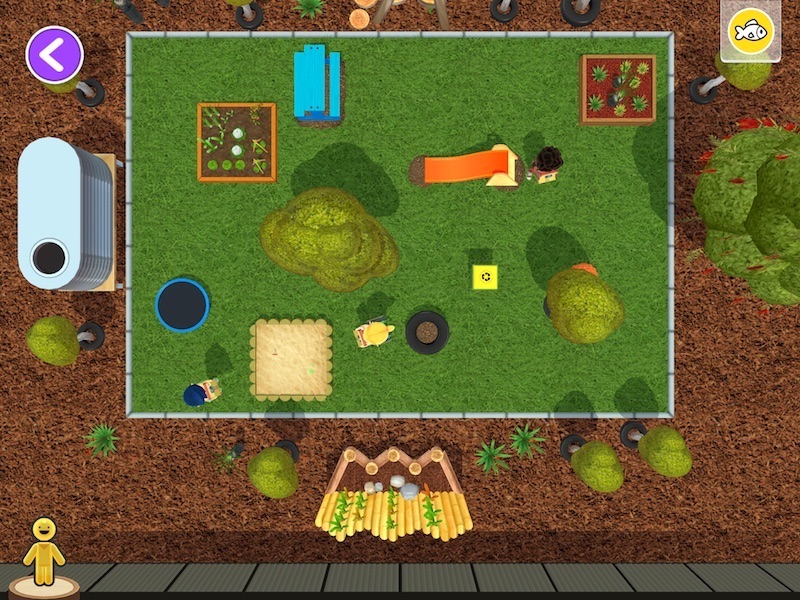
Once the map is constructed, children can see the map from different perspectives and points of view. Characters on the map use spatial terms to describe what they see, who is front of them and what are they near.
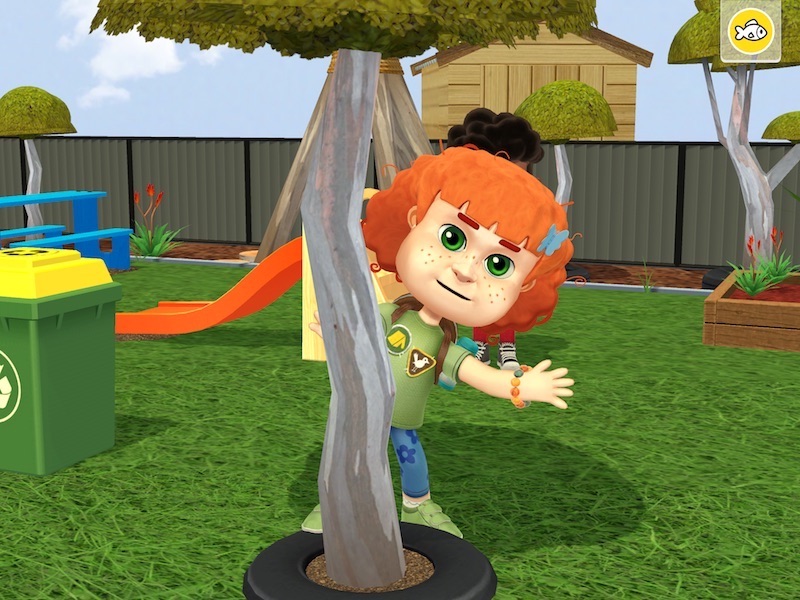
Finally, children will see another character’s point of view (via a photo that was taken in the playground) to determine whose eyes they are seeing through. Children can also interact with playground maps created by their friends.
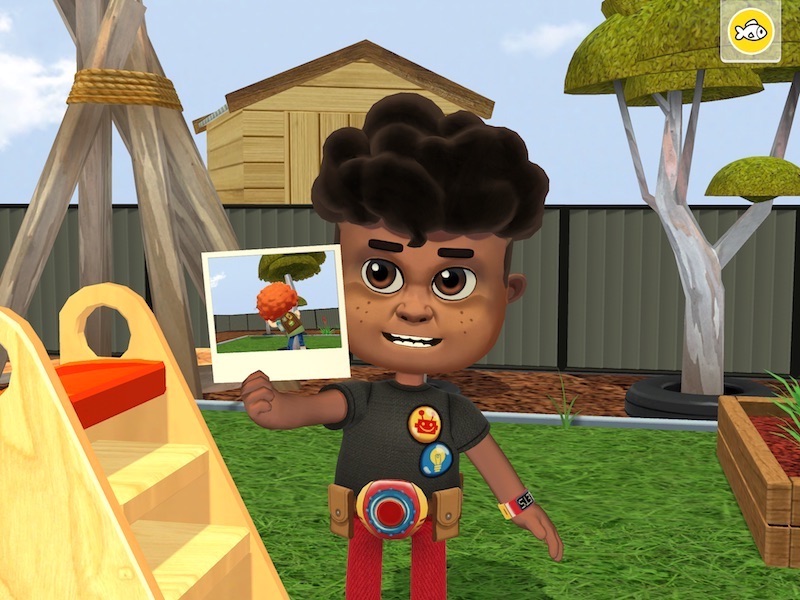
Directions
Directions is an activity where children explore a zoo with one of the ELSA characters. They have to follow instructions to find the different animals on the zoo map.
This activity requires children to imagine that they are on an excursion to the zoo. They will move the character on the map from a start to an end location by following a sequence of directions that use spatial language.
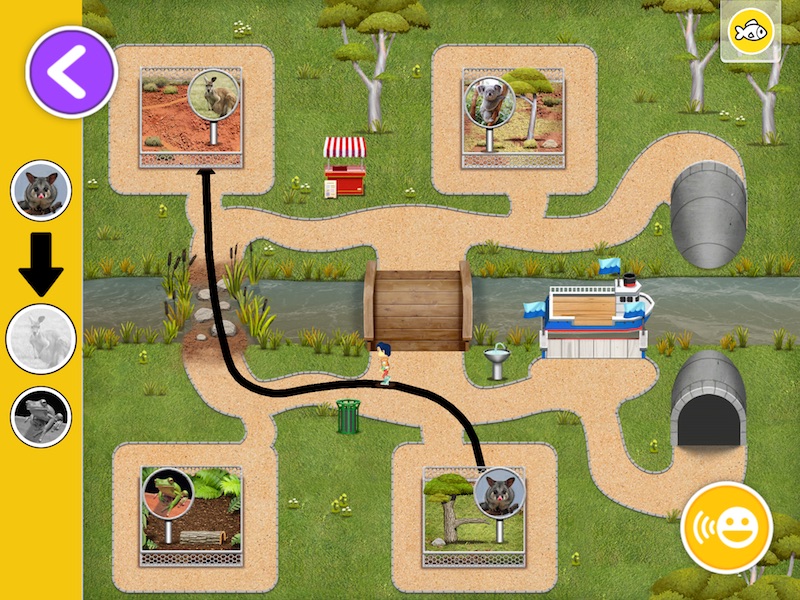
As children progress through the game they reveal different animals. After visiting each animal, they can enter the enclosure and get a close-up view.
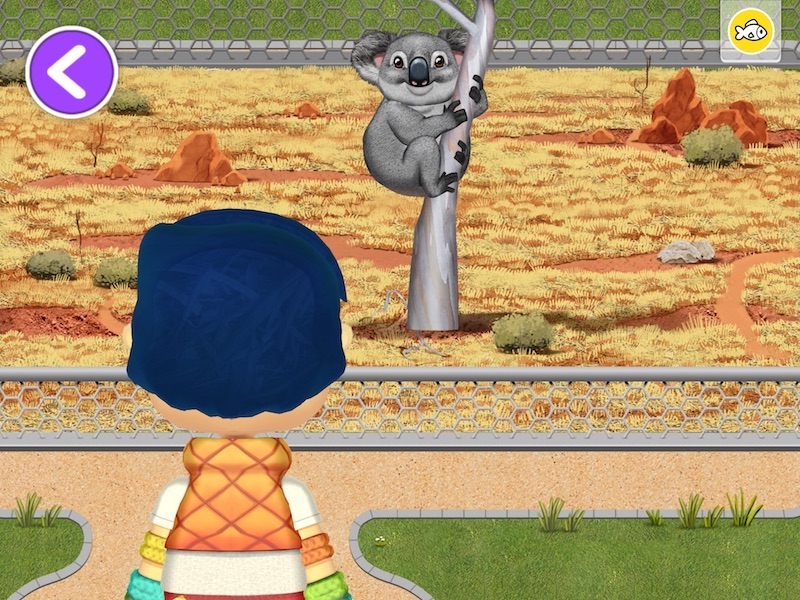
At the end of the excursion to the zoo, children can reflect on their journey through the map and record a description of where they went and what they saw using the microphone.
